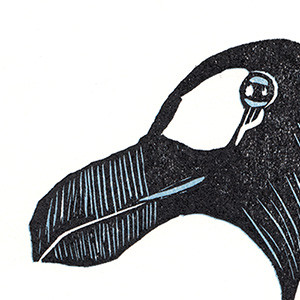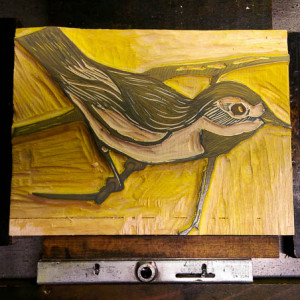Alcides is the scientific name for the auks, a family of penguin-like sea birds that are good at swimming and diving, but look rather silly while walking. The Great Auk was the only flightless member of this family, which lived in the waters of the North Atlantic. It bred on cold, rocky, isolated oceanic islands, but only ones with a plentiful food…
Tag: north american birds
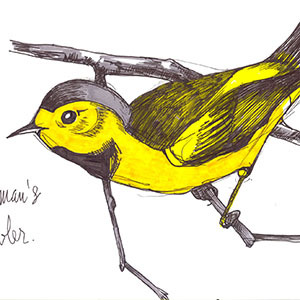
Bachman’s Warbler
Bachman’s Warbler was named after the Reverend John Bachman, a good friend of Audubon’s, who collaborated with him on his second book, Viviparous Quadrupeds of North America, as author of the text. Bachman served as a pastor in Charleston, South Carolina for 56 years, and met Audubon as a result of his ongoing research into local natural history. Audubon visited Charleston…
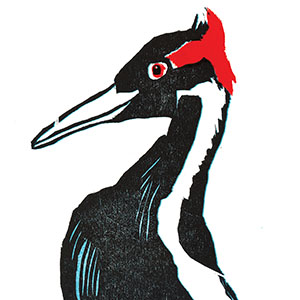
Ivory-Billed Woodpecker
The Ivory-Billed Woodpecker is probably extinct. Then again, maybe it isn’t. It was, or is, one of the largest woodpeckers in the world, at roughly 20 inches in length and 30 inches in wingspan. It was native to the virgin forests of the southeastern United States. Logging in the nineteenth century cause enough of a loss of habitat for the…
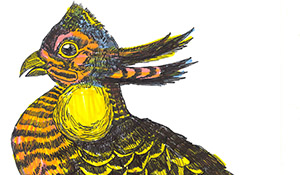
Heath Hen
The Heath Hen is one of the American birds on the list of extinct birds that helped build awareness about the existence of the phenomenon of extinction. It was a distinct subspecies of the Greater Prairie Chicken native to the East Coast, from New Hampshire down to Virginia. As a member of the grouse family, it was extremely common in…
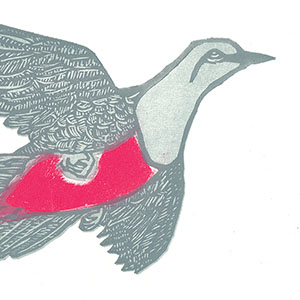
Passenger Pigeon
Probably the best-known extinct American bird is the Passenger Pigeon: Estimates of the total number of passenger pigeons at the turn of the nineteenth century are around 3 billion, 25 to 40% of all the breeding birds in America. Pigeon migration was a spectacle, as described by John James Audubon: I dismounted, seated myself on an eminence, and began to…
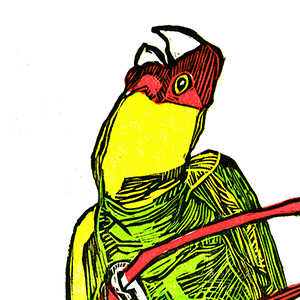
The Carolina Parakeet
The Carolina Parakeet (Conuropsis carolinensis). Length: 30cm (12in) Description- Adult: forehead, lores, area around eyes and upper cheeks orange; remainder of head, throat and upper part of neck yellow; outer webs of primaries marked yellow towards their base; bend of wing, carpal edge and thighs yellow; rest of plumage green, paler on underparts; bill horn-coloroured; legs and feet pinkish brown…

